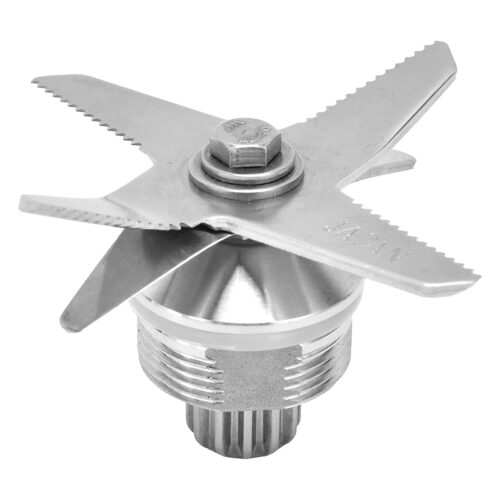Different types of blender blades
Producrs Ranking Amazon
What is a blender blade? A blender blade is a sharp rotating blade that is located inside a blender and has the responsibility of blending and chopping ingredients. Most blender blades are built from stainless steel and they also come in a variety of shapes depending on the brand of the blender. The shape of the blender also matters a lot, some shapes are superior in carrying out specific tasks than others.
The blades are well-mounted or located on a central spindle or a shaft. The blade is driven by a motor which is located at the base of the blender. When you switch on the blender, the motor spins the blades rapidly to carry out functions such as chopping, blending and more.
It is also important to note that different blenders are equipped with different blender shapes and configurations. A good example is that some blenders are constructed with serrated edges. The serrated edges are great for chopping while other blades are great for smoothening and pureeing.
Blender blades require maximum care because they are extremely sharp and can cut you if you don’t handle them well.
The following are some of the types of blender blades:
- Cross blades
- Chopping blade
- Whipping blade
- Mincer blade or flaker grater blade
- Ice crushing blade
- Single serrated blades
- Flat blades
Types of Blender Blades
As we have listed above, we are able to see that there are several types of blender blades which are designed for different functions.
Cross blades
A cross blade is a blender blade that is constructed with 4 sharp blades that are arranged in a cross shape and intersect at the center. This type of design is suitable for blending and chopping ingredients such as fruits, vegetables and even ice.
Cross blades are highly loved because they have the capabilities to produce smooth and convenient blends. As much as they are great, they need to be handled with care during cleaning since they are extremely sharp and can be dangerous if not handled well.
The design of the blades allows them to scrape the sides of the blender which ensures that all chanks are blended. The only downside about these blenders is that are not great for blending nuts and grate. This is because they have a small surface area, though f you are lucky enough there are blades with a larger surface area.
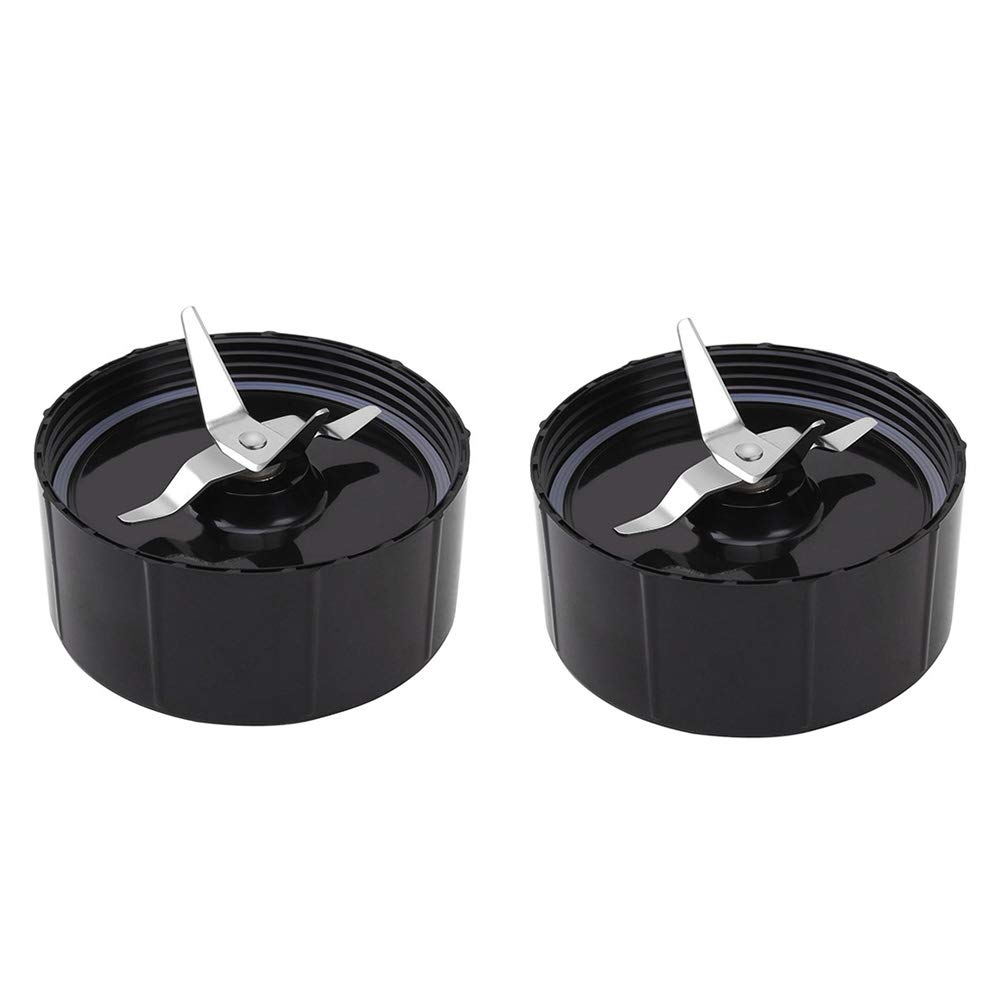
Related Article: Best Blender for Making Flour
Chopping blade
A chopping blade is a type of blade that is well designed to specifically chop ingredients into smaller pieces. These blades have single-serrated edges and a more curved shape equipped with a larger surface area for chopping. They are suitable for chopping ingredients such as nuts, pureeing vegetables and more.
When this blade rotates, it chops ingredients such as nuts, vegetables, fruits and more in coarse or fine chop depending on the duration and speed of the blending process. Just like other blenders, it is important to handle the blade or blades with extra care.
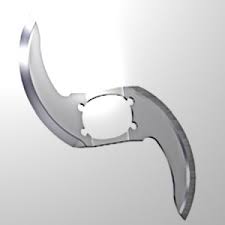
Whipping blade
A whipping blade well-designed with a star shape blade that has the capabilities of whipping cream, egg whites and more. They create light and airy textures. Most blender blades are sharp, whipping blades are different because they are constructed with round shapes and also looped tines.
The blade also works a bit differently from the other. When the whipping blade rotates, it incorporates air into the ingredients. This ends up creating light and fluffy textures. It is very significant when it comes to creating whipped cream, meringues, desserts and more.
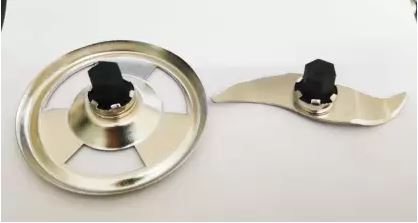
Producrs Ranking Amazon
Mincer or Flaker grater blade
A mincer, also known as a flaker grater blade a blade that is perfect for grinding, mincing and also grater ingredients into smaller pieces. This kind of blender has an appearance like the one of a pencil sharpener. The blades are constructed with sharp edges that make it very easy to cut through ingredients.
The blades are suitable for tasks like grinding meat, nut butter, spices and more. On the other hand, you can grate vegetables, cheese and more into smaller pieces or textures. Most blenders with these blades are highly powered.
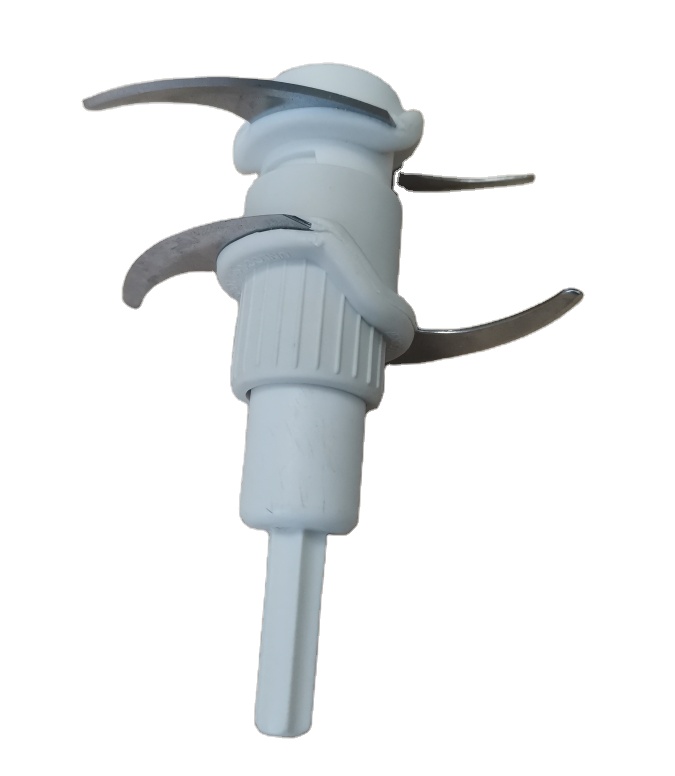
Ice-crushing blades
Ice-crushing blades are specifically designed to carry out the blending and crushing of ice operations. The blades are equipped with serrated edges that make it easy for them to break ice. The blades are usually stainless steel, a strong and durable material.
When the ice blade rotates, they rotate at a high speed which breaks the cube into finely crushed ice that can be used to create smoothies, frozen cocktails and more.
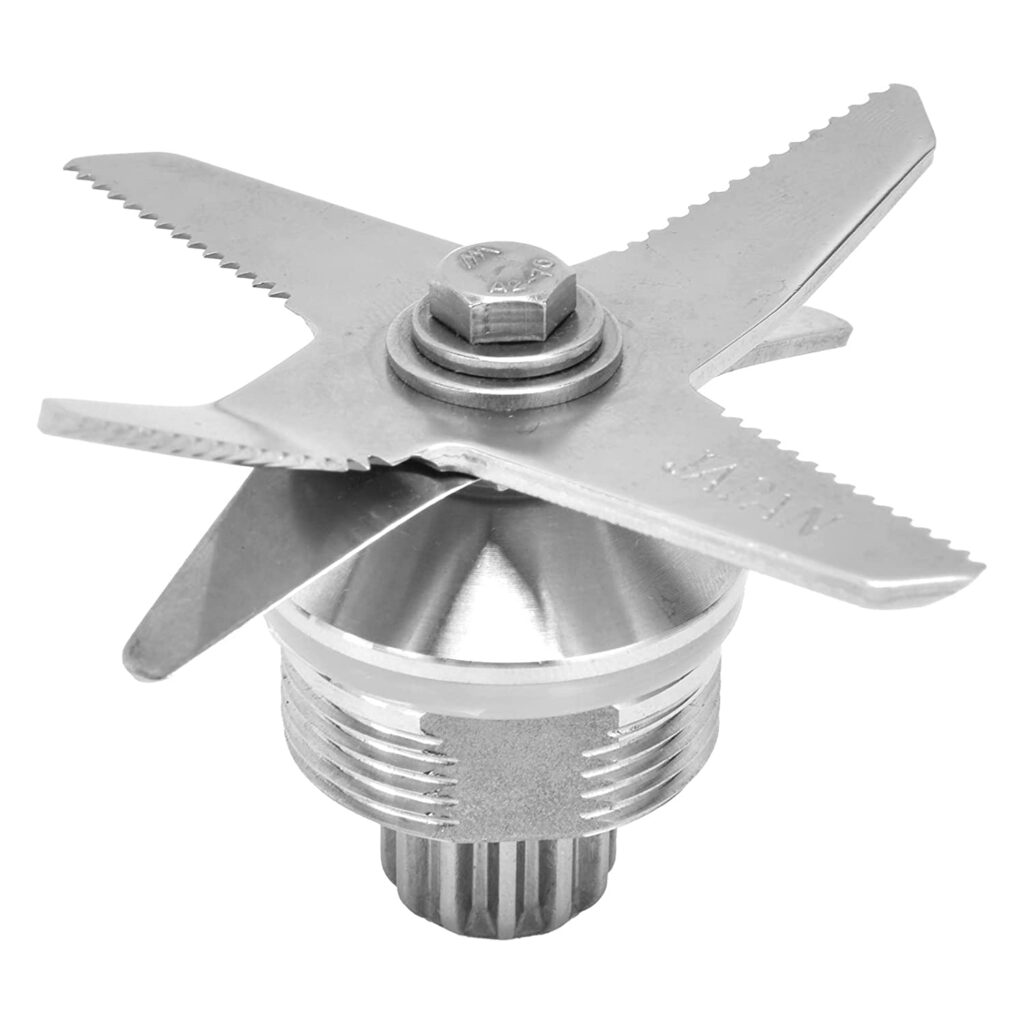
Single-serrated blades
These blades feature a single-serrated edge. The serrated edge blade has the capability to chop and even cut through ingredients easily. They are suitable and perfect for ingredients such as vegetables, fruits, meat and more.
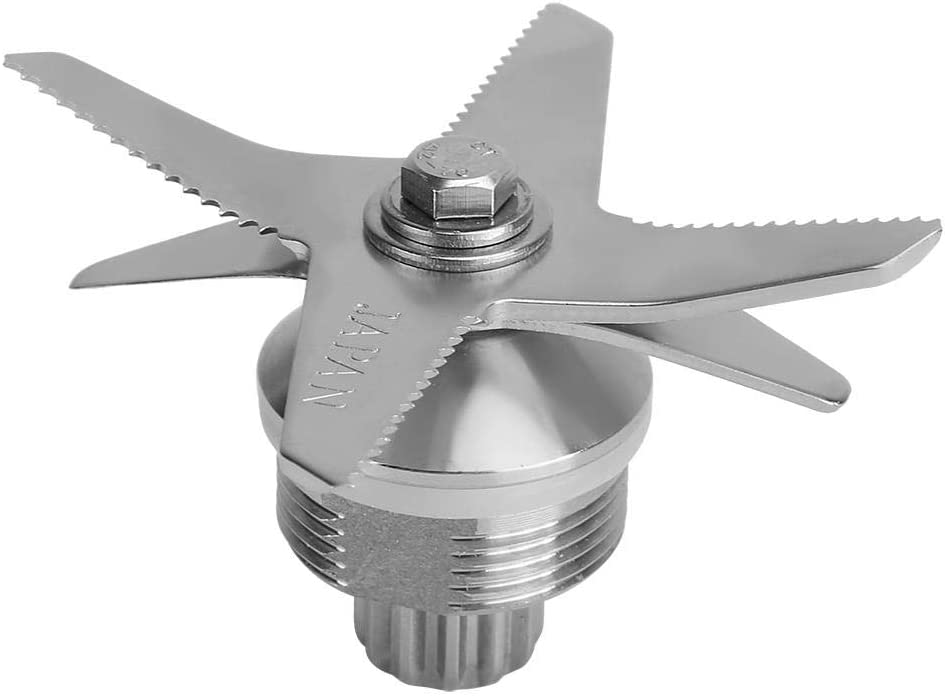
Flat blades
Flat blades are equipped with a flat and horizontal surface that allows them to easily blend ingredients. These blades do not have teeth or any serrations. They are mostly found in a commercial blender for blending a large amount of blending operations. They are suitable for blending liquids, pureeing and more.
These blades work by producing a vortex or suction that pulls blending ingredients towards it. The blends are usually smooth and even. Most people use them to make smoothies, soups, sauces and more.
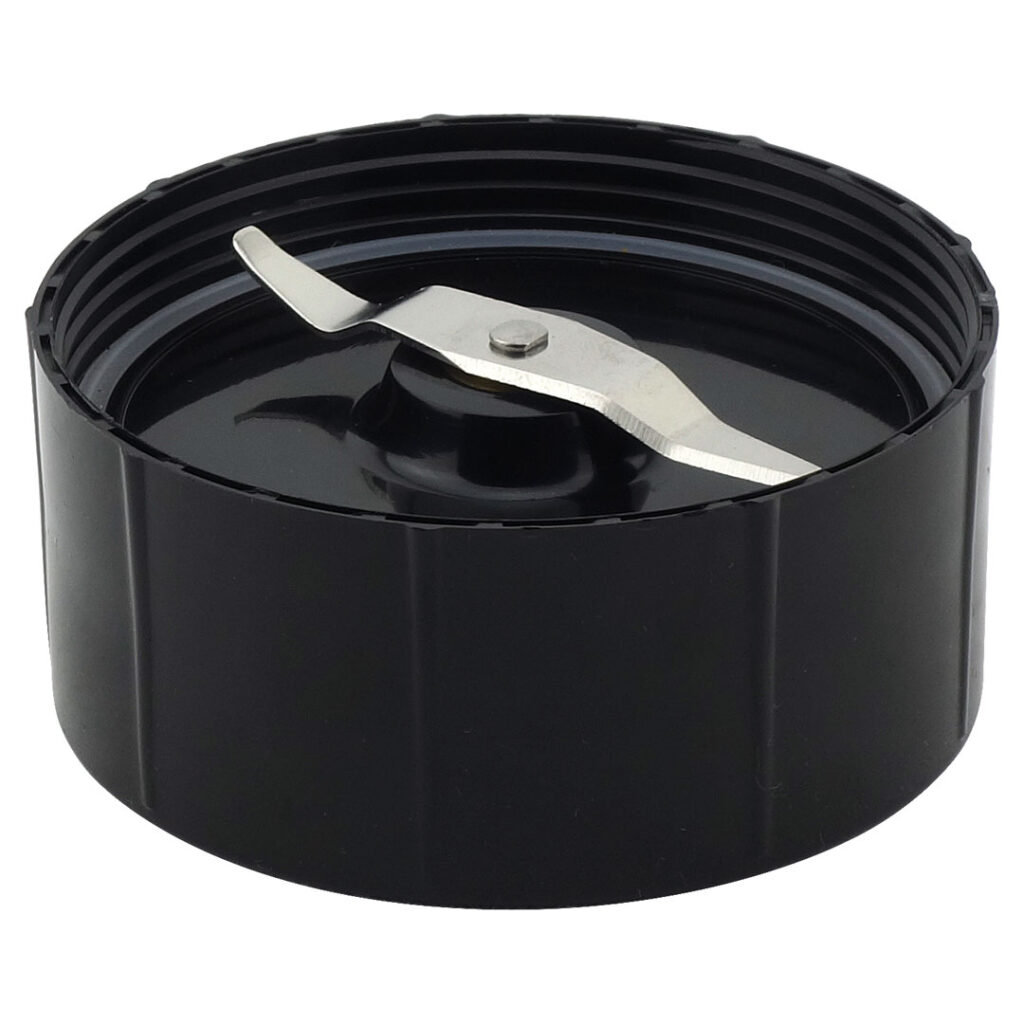
Related Article: Can a ninja blender be used as a food processor?
Dual-purpose blades
Some blenders have blades that are designed for multiple purposes. For example, some blades have a cross blade on one side and a flat blade on the other, allowing the user to switch between different blending techniques.
Dual-purpose blades are also known as multipurpose blades because they are well-designed to carry out a variety of blending tasks such as blending, chopping and even crushing. The blade has a combination of a cross and a flat blade. Dual-purpose blades are mostly found in high-powered blenders.
Dual-purpose blades will save you time and energy you would have used to change blades because you can use a single blade for several purposes. It is very important to know as much as the blade can carry out a variety of tasks, it may not be very convenient for certain tasks such as ice crushing or whipping of ingredients.
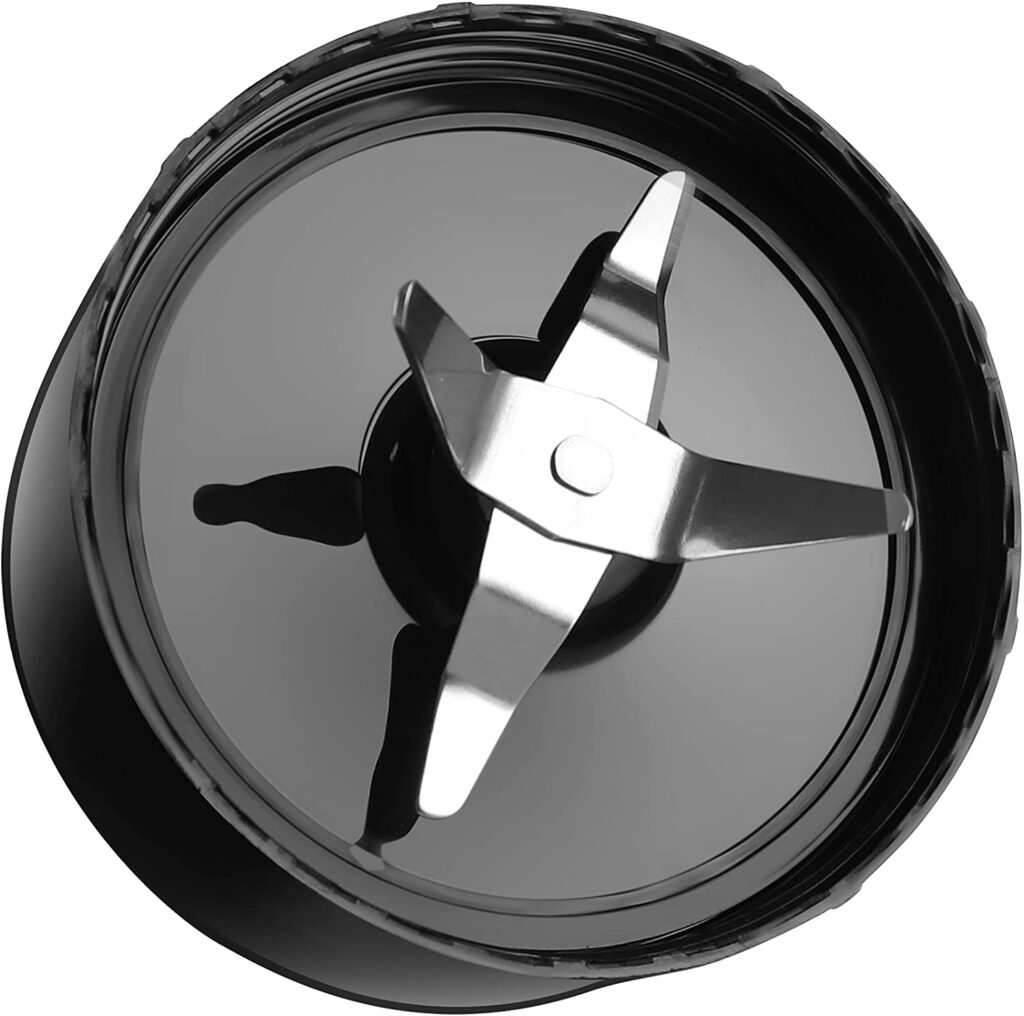
Producrs Ranking Amazon
Frequently Asked Questions Regarding Types of Blender Blades.
How do blender blades work?
Blender blades require a motor to spin them at high speeds in order to blend ingredients. The blades are well-designed from stainless steel and very sharp, flat, or serrated. The shape and placement of blender blades are usually positioned well to blend ingredients conveniently.
How to choose a blender blade?
When choosing a blender blade, it is very important to choose the compatibility of the blade, the material and finally the shape and design. These 3 factors will highly improve or affect your blending tasks.
What type of metal are used in blender blades?
Most blender blades are usually made from stainless steel, the material is strong and durable. The material has the capability to handle blending tasks with ease. The other material that can be used is carbon steel.
How long do blender blades last?
The lifespan of a blender depends on the blade quality, the frequency of use, care and also maintenance of the blade. A high-quality blade can last for a long, unlike a low-quality blade. Using frequently also plays a role because a frequently used blade will wear out faster than one which is not used frequently. On the other hand, if you care and maintain the blade will, it will last for a long time.
Can you sharpen a blender blade?
Yes, you can sharpen blender blades. However it is not recommended because blender blades are not meant to be sharpened, but to be replaced when they get blunt. If decide to sharpen, you should carry out the process with extreme care because the blades can injure you in case they are still sharp.
How to sharpen a blender blade?
- Unplug the blender from the power outlet. This prevents accidents such as electrocution.
- In case the blender is not clean, clean it well so that you have a clean working surface.
- Unscrew the blades from the jar or pitcher.
- After removing the blades, clean them with extreme care to prevent any accidents.
- Sharpen the blade with a stone or any sharpening tool.
- Once you are done you can reassemble the blender part back together.

How Many Blades Are There in A Blender?
The number of blades varies depending on the blender. Some blenders are equipped with one blade while others have multiple blades. The number of blades and design highly impact the performance of the blender.
Related Article: CE201 vs CE251
Conclusion “Different types of blender blades”
We can conclude by saying that the blender type you select plays a huge role when it comes to the functionality and performance of your blender. There are a variety of blender blades on the market that can be used for different functions to deliver convenient results. We can’t choose the right blender blade for you because it all goes down to your personal preferences.

